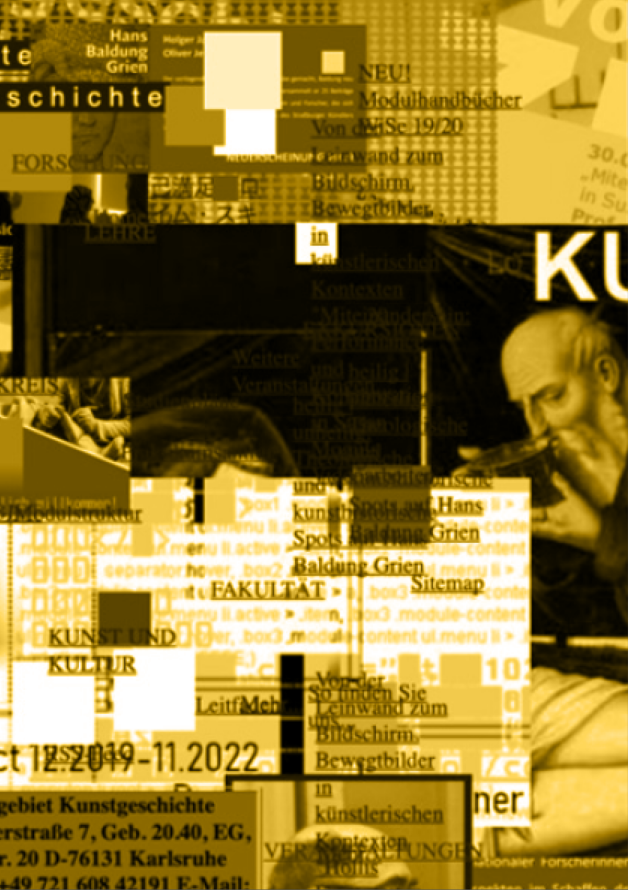Browser Art
Navigating With Style
Identifiers (Article)
Abstract
From the mid-1990s, works of browser art emerged as a particular variant of net art or speculative software, developing alternatives to conventional internet browsers and rendering the content of web pages in a different way. Since we see them as productive image-machines, we consider both the phenomenology of their audio-visual output and their operational code level. We use an example to show why it is helpful, or even necessary, to take a closer look at programmed art works – and thus paradoxically to adopt a ‘distant reading’. There are many ways of creating a seemingly identical surface effect, though this may have been caused by completely different artistic gestures. Where should we look for the evidence? We agree with Florian Cramer that the code is a crucial site for the inventive engagement of their producers and is instructive in this regard. Furthermore, we are interested in capturing the dynamics of a piece of software during its execution. For this purpose, art history’s vast methodological tradition is to be enriched with software visualization tools, while the latter are endowed with art history related reasoning. Lev Manovich, who developed the ‘multi-scale view’ for film, along with Shane Denson and Andreas Jahn-Sudmann, who transferred it to games, paved the intellectual path for our approach.
Statistics




